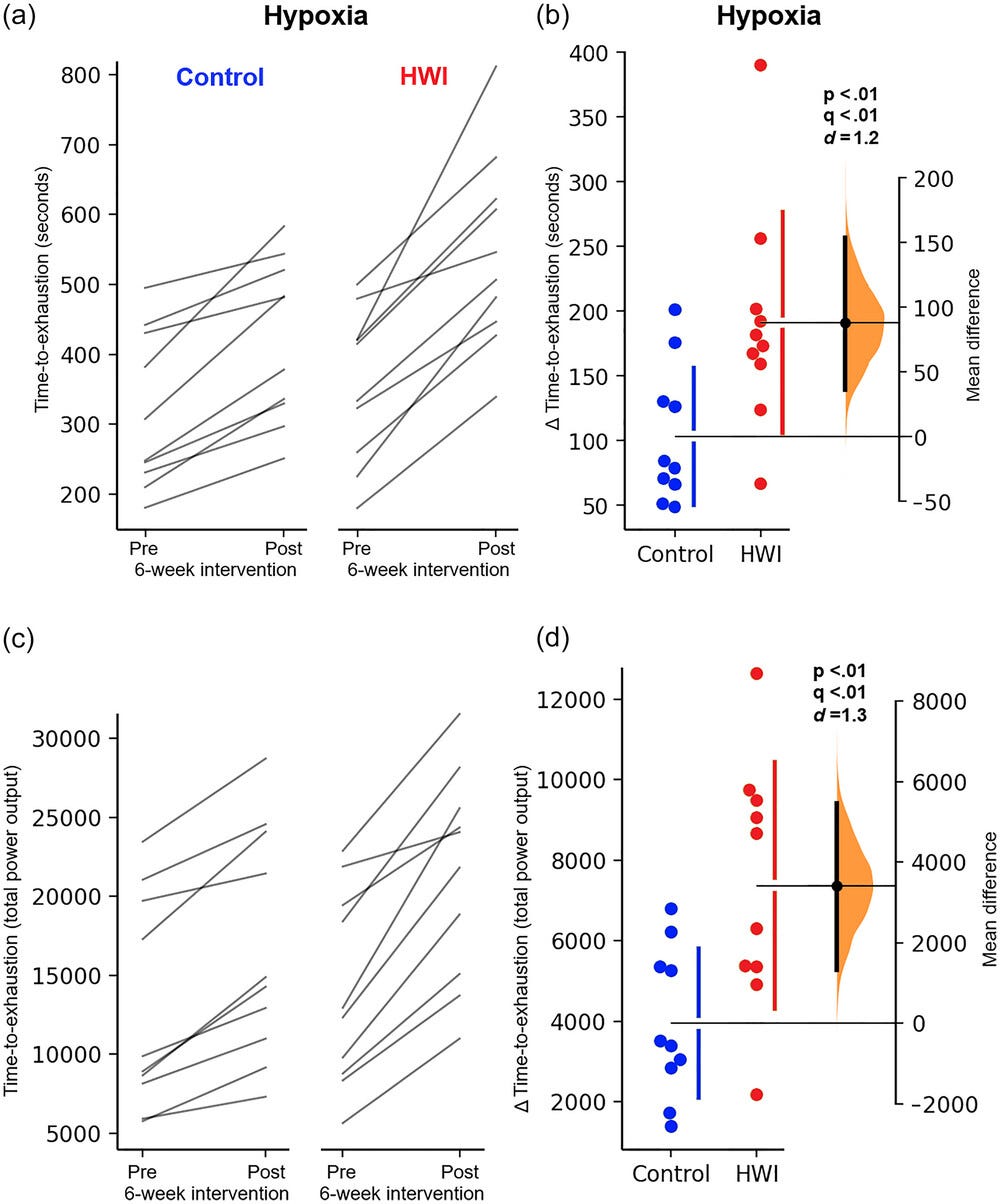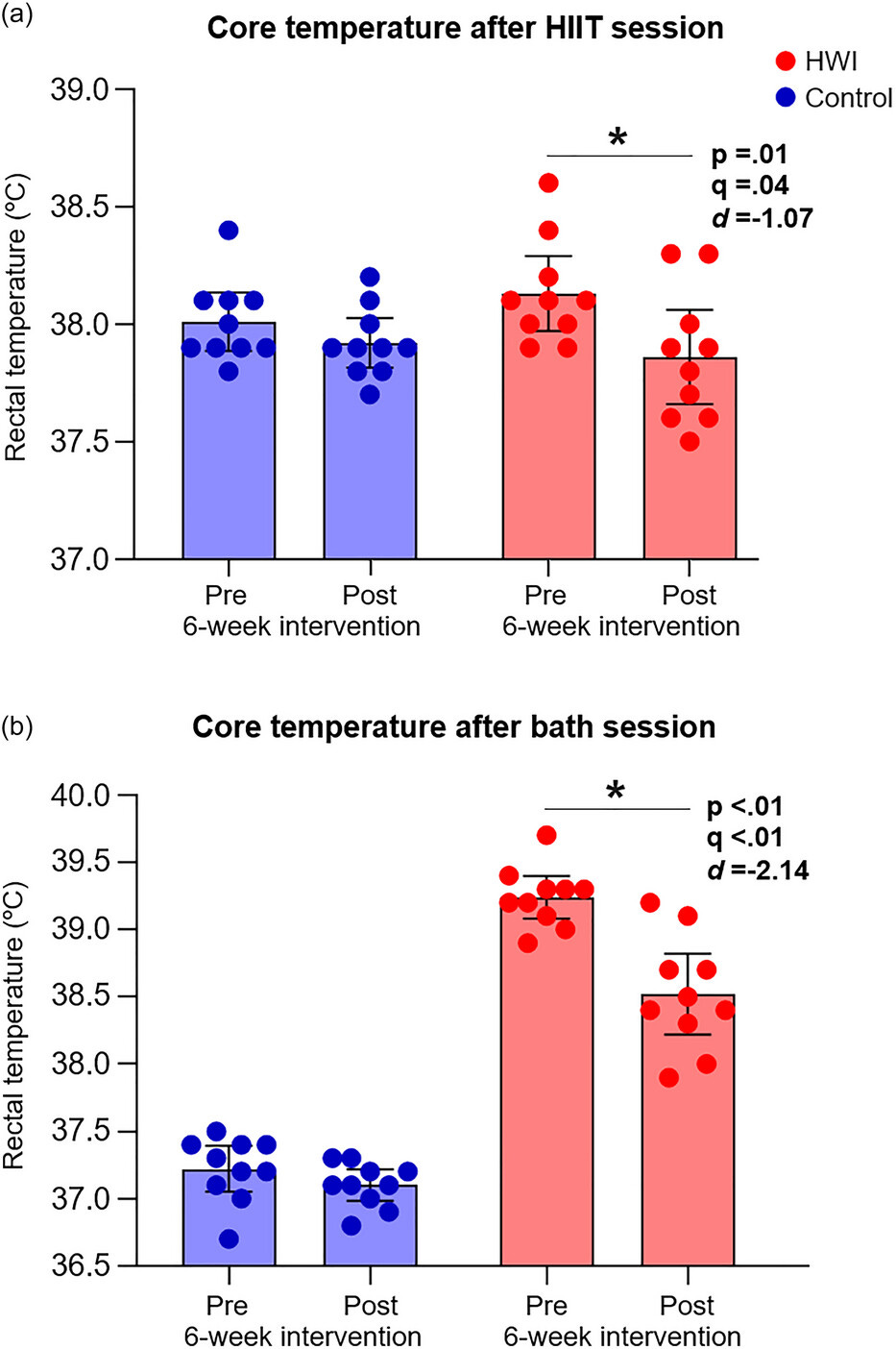Run Long, Run Healthy: Can a Hot Bath after Your Workout Simulate Altitude Training?
June 12, 2025: A new study shows that post-exercise hot water immersion could help improve your performance in low-oxygen conditions.
If you can’t stand the heat, get out of the tub.
Typically, when endurance athletes want to improve performance at altitude, the solution is to train at altitude. This boosts red blood cell production and helps the body cope with lower oxygen levels. It’s a classic strategy—and it works.
But let’s be real—most of us who aren’t professional athletes have neither the time nor the financial resources to do several stints at altitude per year in the lead-up to our goal race.
Could another stressor—heat—offer similar physiological benefits?
That’s the promise behind something known as cross-adaptation. It’s the idea that training adaptations from one stressor (like heat) can carry over to another (like altitude). On the surface, heat and altitude seem unrelated. However, physiologically, both challenge the body’s ability to deliver and utilize oxygen effectively—heat through increased cardiovascular and thermoregulatory strain, and altitude through reduced oxygen availability. In theory, this means that not only could passive heat exposure help one perform better in hot and humid conditions, but perhaps even in more temperature conditions or even the low-oxygen conditions of high altitude. It’s a strategy I’ve been using for several years.
A new, compelling study provides evidence that post-exercise hot-water immersion might just bridge this gap, offering altitude-like adaptations at sea level.
Researchers took 20 recreationally trained adults with average aerobic fitness (VO₂ peak of ~47 mL/kg/min) and split them into two groups. Both groups completed a structured high-intensity interval training program: three times per week, they performed four 4-minute cycling intervals at approximately 90% of their maximal heart rate.
Immediately after these cycling sessions, one group immersed themselves in hot water (42°C/107℉) for 40 to 50 minutes, five times per week. The other group—the control—immersed themselves in thermoneutral water (34.5°C/94℉).
Before and after the 6-week intervention, researchers tested participants under hypoxic conditions (13% oxygen, simulating about 4,300 meters altitude) and measured their VO₂ peak, ventilatory thresholds, oxygen saturation, core temperature, ventilation, and hemoglobin concentration. The primary performance measure was a time-to-exhaustion test conducted at 80% of their VO₂ peak under hypoxic conditions. The participants also performed two brief bouts (5 minutes each) of exercise in normoxia and hypoxia at 40% and 60% of their VO₂ peak.
Here’s what they found:
The group using hot-water immersion saw some remarkable improvements. Their time-to-exhaustion under hypoxic conditions improved significantly more than the control group—191 seconds (a 35% increase) versus 103 seconds (a 25% improvement)—and they also had a higher total power output throughout the test. So, while both groups got fitter (thanks to the high-intensity interval training), the extra boost from hot baths clearly elevated their resilience under low oxygen conditions. However, they performed similarly (i.e., no performance difference) when oxygen levels were normal—peak power output was the same between groups (324 W vs. 313 W).
At the physiological level, the hot-water immersion group also saw significant increases in hemoglobin concentration (5.3% vs. just 2% in the control group). This matters: increased hemoglobin improves your body’s oxygen-carrying capacity, which is critical at altitude (or sea level) where oxygen availability is compromised.
Another crucial adaptation involved thermoregulation. The hot-water group exhibited consistently lower core temperatures both at rest and during exercise after the intervention. Their core temperatures were also lower after the hot water immersion sessions—classical signs that the body had become more heat-adapted. Why is this important? A lower core temperature reduces cardiovascular and thermoregulatory strain. That frees up resources to better manage oxygen delivery and metabolic demands during exercise. Moreover, this group showed improved respiratory efficiency under hypoxia, with lower tidal volumes and ventilation (breathing) at the same workload. Essentially, their respiratory muscles were less burdened, allowing them to breathe easier and allocate energy more efficiently during exercise.
Why Does Heat Stress Produce Altitude-Like Adaptations?
To understand why heat exposure helps you perform better at altitude, we need to dive deeper into the physiology.






